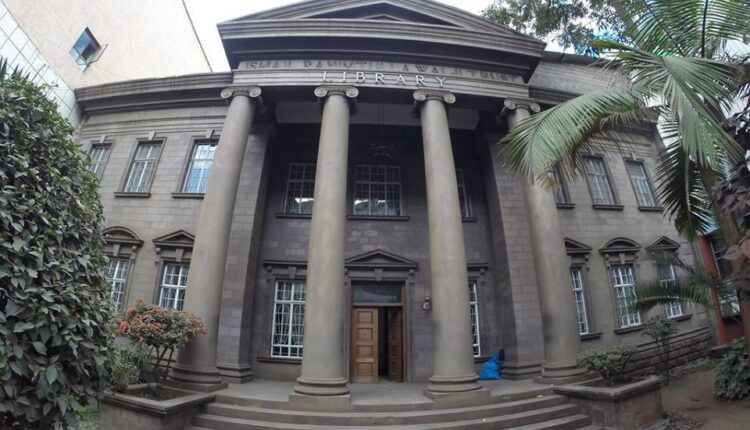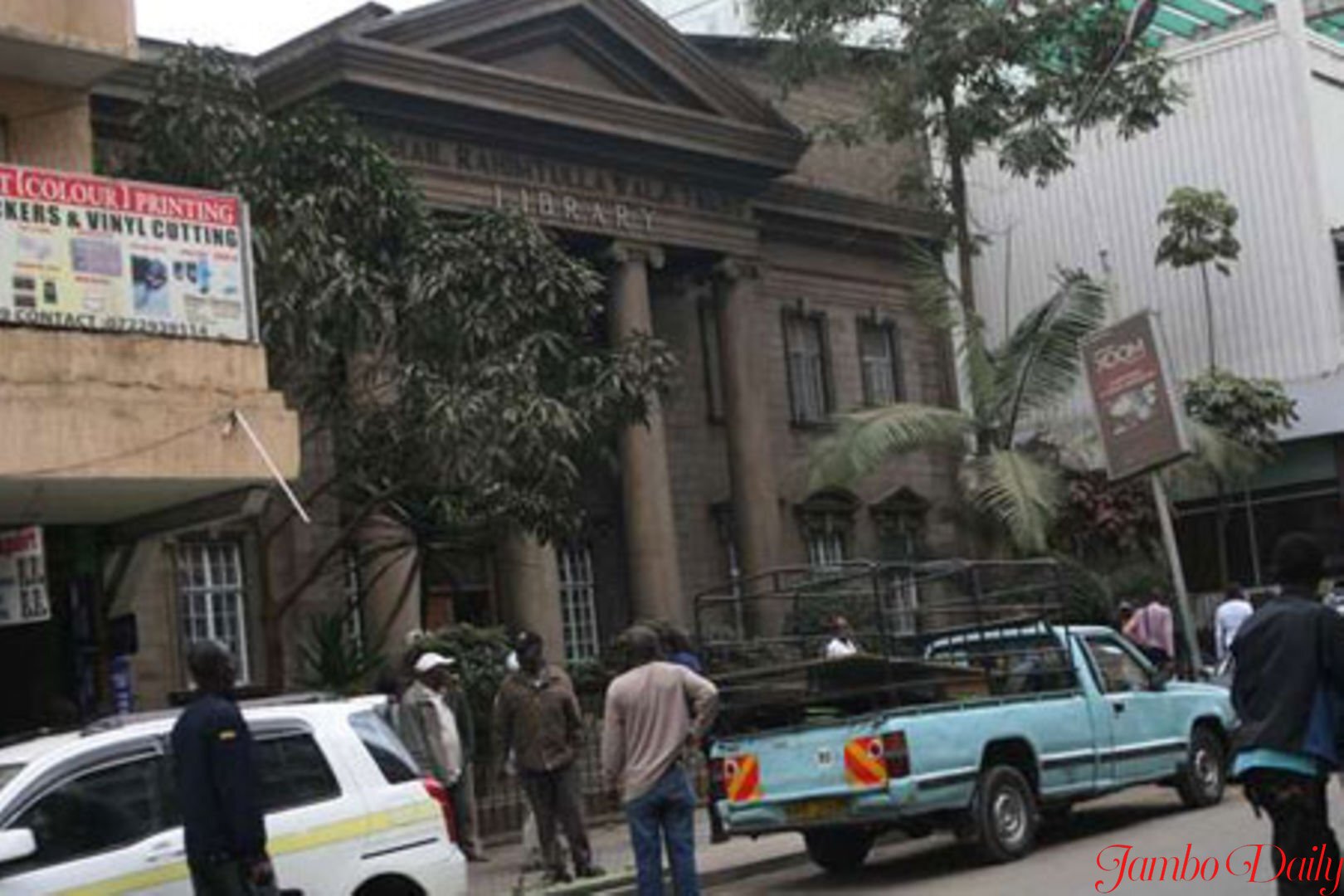
Ismail Rahimtulla Walji Trust Library, Behind the Closed Door Of a National Monument.
Located at the core of Nairobi City, Ismail Rahimtulla Walji Trust Library is one of Kenya’s most iconic libraries. The historic library was designed to a Neo-Classical style of architecture featuring a majestic facade with Greco-Roman columns.
Ismail Rahimtulla Walji Trust has existed for over five decades and stands out as the library that eliminated racial discrimination as it was opened to everyone.
In 2001, the iconic library was gazetted as a national monument, however, for some time the facility has been closed to the public but a caretaker has been assigned to take care of the place. Some had the privilege of accessing the library while others are still waiting to see if the facility will open its doors.
In this article, we tell the history of Ismail Rahimtulla Walji Trust Library’s history and the books featured in the Library.
Ismail Rahimtulla Walji Trust Library History.

Its first name, Ismail comes from the Ismaili Community which was categorized as the minority Shia Muslim sect during the 18th century. The community was known for its generosity and its members were successful traders in whatever field they ventured into.
Rahimtulla Walji Hirji was among the most successful traders from the Ismaili community who extended his generosity by establishing Rahimtulla Charitable Trust after he landed in Kenya in 1940.
Through the trust, the Ismaili Indian trader founded a Library in 1953 to help people from all races access education. At the time Nairobi was a racially-segregated area and Europeans were the only ones who had access to educational materials including Libraries.
Despite being open to all it was also made free for anyone who had an interest to read. Books of different languages including Kiswahili were made available.
After being established in 1953, two decades later it served as the repository for the Kenya National Archives Department between 1970 and 1978. On top of that, it also hosted meetings of the Transport Licensing Board.
For years the library was open to the public but in recent years the library has remained closed due to unknown reasons. However, it has been assigned a caretaker who ensures the place and its resources are in good condition. In 2001, the library was gazetted as a national monument.
Ismail Rahimtulla Walji Trust Library Design and Books
The building was designed in a Neo-Classical style by two Indian architects Bhalla and Thakore. Its outer appearance was built with a smooth-dressed grey stone with its entrance featuring a unique majestic facade with Greco-Roman columns, pedimented doors, and window frames.
The building has a ground floor and upper floor, the ground floor features numerous areas including the library hall, furnished reading room, reception area, gent’s washrooms, and office area. The upper floor also consists of different areas including a theatre/gallery, another office area, and a ladies’ washroom.
The building is situated at Mfangano Street which at the time was known as Jeevanjee Street.
The founder had an interest in different sectors and the library houses different books including philosophy, law, politics, history, medicine, art, and religion.
